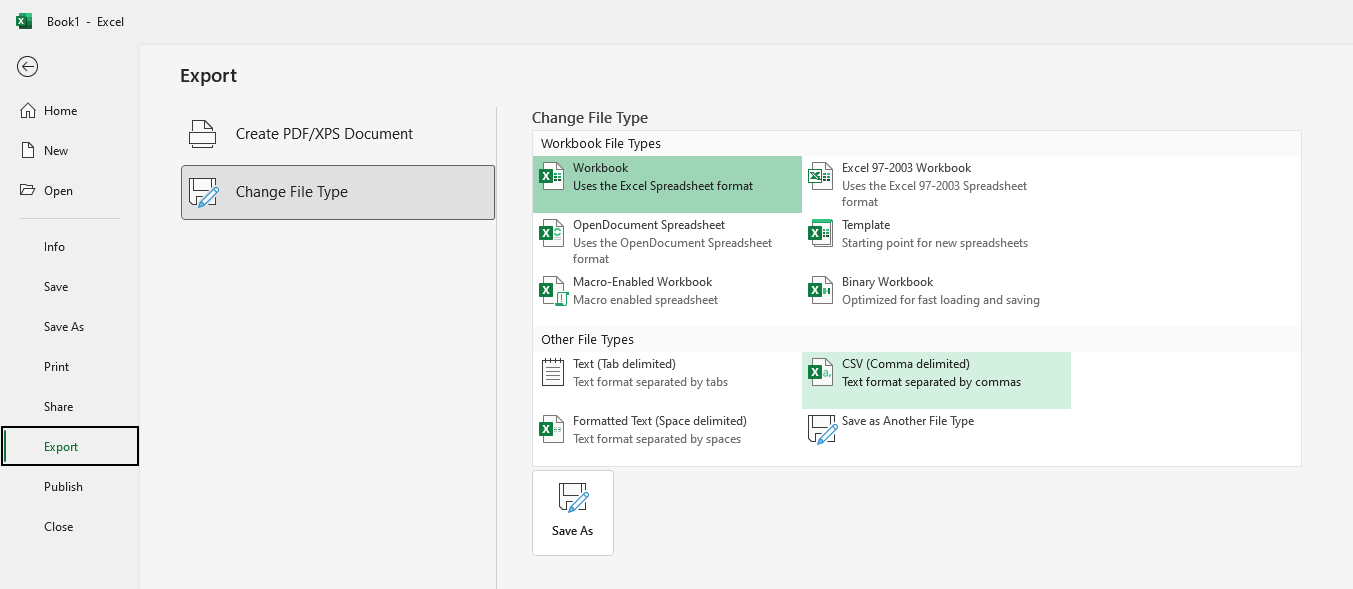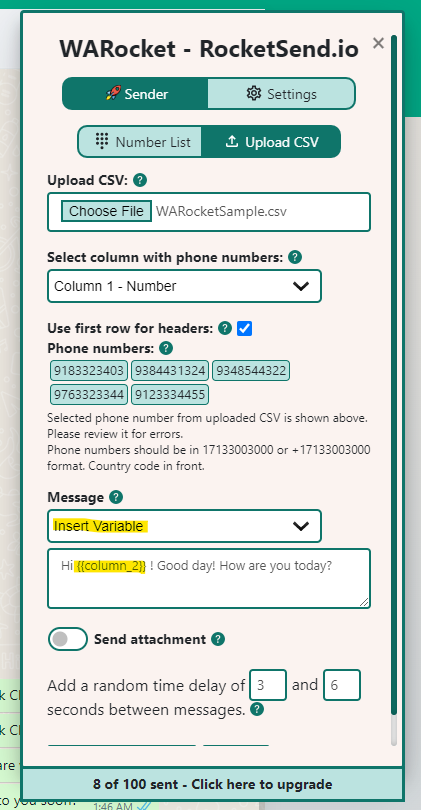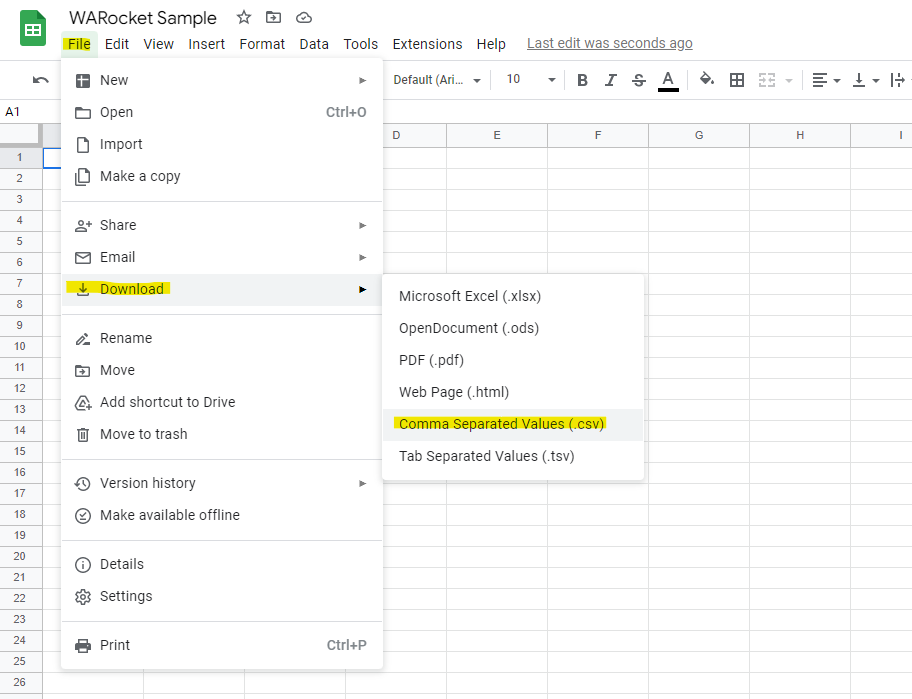How To Send WhatsApp Invitations for a Holy Communion
In today's digital era, the way we communicate and share information has undergone a significant transformation. When it comes to important religious milestones such as Holy Communion, sending WhatsApp invitations has become a popular and convenient alternative to traditional methods. This comprehensive guide aims to explore the importance of using WhatsApp sender invitations for Holy Communion and provide best practices for creating and sending them.
The Importance of WhatsApp Invitations for Holy Communion
Holy Communion is a sacred sacrament celebrated in various Christian traditions. It is a significant event in a child's spiritual journey, marking their participation in the Eucharist. WhatsApp invitations offer several advantages for Holy Communion celebrations:
Ease of communication: WhatsApp provides a user-friendly platform for sending invitations, allowing hosts to reach a large number of guests with minimal effort. It eliminates the need for physical invitations, making the process more efficient and cost-effective.
Instant delivery and confirmation: With WhatsApp, invitations can be sent and received instantly, ensuring timely delivery and minimizing the risk of invitations getting lost in transit. Read receipts and message ticks enable hosts to track whether recipients have seen the invitation, allowing for follow-ups if necessary.
Personalization and customization: WhatsApp invitations can be personalized to reflect the significance and uniqueness of the Holy Communion ceremony. Customized messages, visuals, and multimedia elements can be incorporated to create a memorable and meaningful invitation.
Accessibility and inclusivity: WhatsApp enables hosts to invite guests regardless of geographical location. This is particularly beneficial for extended family and friends who may not be able to attend the ceremony in person but can still participate and offer their blessings virtually.
Environmentally friendly: By opting for digital invitations, hosts contribute to reducing paper waste, aligning with eco-friendly practices and promoting sustainability.
How To Send WhatsApp Invitations for a Holy Communion
Sending messages manually to a large group of recipients is time-consuming and error-prone, leading to frustration and confusion. To address this, using a CSV file to store phone numbers and messages proves to be a smart alternative. rocketsend.io offers an innovative and cost-effective solution for automated WhatsApp message-sending, streamlining the process and saving time and money. By creating a recipient list and corresponding messages in popular spreadsheet programs like Microsoft Excel or Google Sheets and exporting it as a CSV file, you can effortlessly import the data into WhatsApp or other messaging applications. This method not only saves time but also reduces the risk of errors, ensuring accurate message delivery to your intended audience. To begin, simply install the rocketsend.io Chrome extension on your browser and start sending WhatsApp messages directly from your CSV file.
Step #1: Go to rocketsend.io and click Install Chrome Extension.

Once you have successfully installed the rocketsend.io extension on your Chrome browser, navigate to WhatsApp Web. At the top right corner of the page, you will notice the rocketsend.io pane, conveniently accessible to assist you with your messaging endeavors.

An exceptional capability of rocketsend.io is its ability to send personalized messages to your customers, removing the need for tedious and intricate processes.
To achieve this, you can follow step #2: Generate a spreadsheet file using Excel Sheet. Create distinct columns for the phone numbers and names of individuals. Fill in the spreadsheet with all the necessary details, ensuring that you include the correct country code for each phone number to which you plan to send the message.

Step #2: Once done, save the file as CSV format.

Step #3: On rocketsend.io pane, click the Upload CSV button, and choose the file you created.

Step #4: Map the phone number to the field on the file you’ve created.

Furthermore, you have the freedom to employ the columns as message variables, allowing for further customization and personalization for each customer. To accomplish this, click on the dropdown menu labeled 'Insert Variable' and select the desired column you want to insert. The inserted column will be presented within curly braces, such as {{column_name}}, representing the corresponding variable.

Step #5: Once done, click the Send WhatsApp

Congratulations on the successful sending of your personalized messages directly from a CSV file!
If you don't have Microsoft Excel installed on your computer, there's no need to worry. You can also utilize Google Sheets as a viable alternative. Simply follow the same steps mentioned earlier and download the file in CSV format.

Best Practices for Sending WhatsApp Invitations for Holy Communion
To ensure a successful and well-received WhatsApp invitation for Holy Communion, consider the following best practices:
Plan and prepare: Begin by creating a clear timeline for sending out invitations and set a specific RSVP date to allow ample time for responses and event preparations.
Craft a heartfelt message: Start the invitation with a warm greeting and express the significance of the Holy Communion ceremony. Include essential details such as the date, time, and location of the event, as well as any specific instructions or requests.
Include religious symbolism: Incorporate religious symbols, such as crosses or images related to Holy Communion, to convey the sacredness of the occasion. This helps guests understand the nature of the event and its spiritual significance.
Provide additional information: Share important information such as dress code, parking details, and any specific requirements for the ceremony or reception. This helps guests plan their attendance and ensures a smooth experience for everyone involved.
Encourage RSVPs: Request guests to RSVP by a specific date to assist with seating arrangements, catering, and other logistical aspects. Include contact information for RSVPs and be prepared to follow up with reminders to ensure an accurate headcount.
Share virtual participation options: For guests unable to attend in person, provide details for joining the event virtually, such as through live streaming or video conferencing platforms. This allows remote guests to be a part of the celebration and share their blessings.
Respect privacy and confidentiality: Ensure that any personal or sensitive information shared during the invitation process is handled with discretion and privacy. Avoid sharing personal contact details of guests within group invitations unless explicitly authorized.
Conclusion
WhatsApp invitations have revolutionized the way we extend invitations for significant events like Holy Communion. By leveraging the advantages of digital communication, hosts can save time and effort while ensuring the efficient and effective dissemination of information. WhatsApp invitations provide a personalized touch, foster inclusivity, and offer a convenient means for guests to participate in the joyous celebration of Holy Communion. By following best practices, hosts can create heartfelt and meaningful invitations that enhance the overall experience for both the child receiving the sacrament and their guests. Embrace the convenience and possibilities offered by WhatsApp to make your Holy Communion invitation a memorable and special moment for all.
Check out our guide articles for more information.
.svg)


.png)
.png)
.png)
.png)